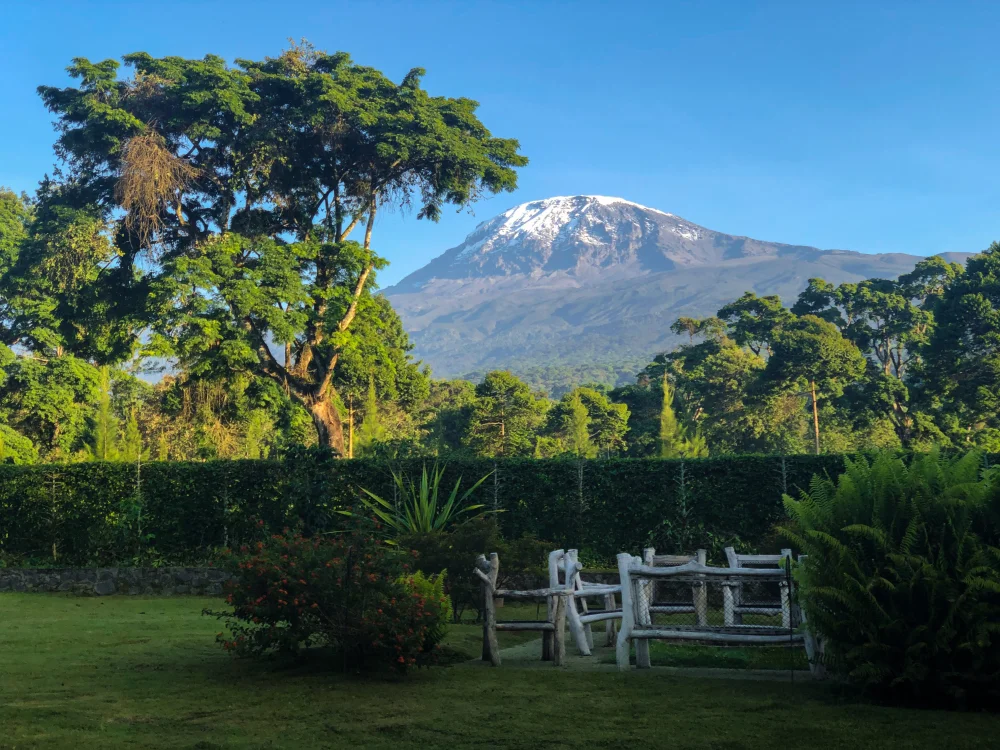Kilimanjaro
Each route on Mount Kilimanjaro offers a unique blend of scenery, experiences, and challenges, making them all distinctive in their own right. Here’s what sets each one apart:
- Diverse Ecosystems
- Routes with Varied Scenery and Challenges
- Historical and Cultural Significance
- Opportunities for Acclimatization
- Spectacular Summit Views and Surrounding Landscapes
- A Spirit of Adventure and Personal Achievement
Every path up the mountain presents its own special way to engage with Kilimanjaro’s natural beauty, making the journey to the summit a truly memorable adventure.
Mount Kilimanjaro, situated in Tanzania’s, it is a dormant volcano that bears the mark of over three million years of volcanic activity in the East African Rift. It boasts three prominent cones, namely Kibo, Mawenzi, and Shira. Standing as the tallest mountain in Africa and the world’s highest freestanding mountain, its peak reaches an impressive altitude of approximately 5,895 meters (19,341 ft.) above sea level and towers around 4,900 meters (16,100 ft.) above its plateau base. Notably, it holds the distinction of being the highest volcano in Africa and the entire Eastern Hemisphere.
Ascending Mount Kilimanjaro poses a formidable challenge, given its towering elevation of 19,341 feet (5,895 meters) and the arduous trekking spanning multiple days that lies between you and the summit. Nevertheless, it is undeniable that Kilimanjaro stands as a matchless wonder on our planet.
Best Time To Climb
Mount Kilimanjaro is a fair-weather mountain. Yes, you can attempt to climb Kilimanjaro at virtually any time of the year, but it can be a miserable affair during the wet seasons. Higher precipitation levels are typically from March through June and October through December. This wet season brings a lot of rain and some sections of the trail become mush and mud. The views will also be interacted by clouds sometimes. This may come across the beautiful savanna and Mount Meru which can be seen in the distance.
The best time of year to climb Kilimanjaro is during the dry season. Mostly between June and October and there are roughly three months of dry conditions that are perfect for climbing Kilimanjaro and enjoying clear skies then. Another break in the rain happens in January to March. That tends to be the cooler of the two trekking seasons, offering more chances of snow on the summit of the Kibo cone.

June to October – January to March

Altitude is the main obstacle
Common Obstacles
Kilimanjaro is not a technical climbing mountain, so it is not considered physically as a hard trek one. So when you climb Kilimanjaro, its high altitude is undoubtedly the number one obstacle in reaching the summit.
Kilimanjaro is quite steep so it goes very high, very quick and increase the chance for one been attacked by altitude. The key to success is good acclimatization. Longer routes have higher summit rate due to better acclimatization. Mostly people prefer Machame route on top of Marangu Route for the exact reason that it only took five days and didn’t have too many high-perched camping options. The Machame Route is different because you get to spend three nights camping at roughly the same level to prepare for the summit push.
More than 75% of climbers will experience at least some form of mild altitude sickness on Kilimanjaro.
How Long Does It Take
It take about 5 to 9days in order to reach the mount Kilimanjaro summit and then descend to the finishing point. The more days spent on the hike the more likely one will successfully summit, as you will become more acclimatized to the altitude and will be less fatigued.
To know how many days are best, one have to take it from the experts. The international Climbing and Mountaineering Federation recommend that all trekkers plan for at least seven days to Climb Kilimanjaro. That involves five days of walking before you even make a push for the top.
The reason is mainly down to the requirements of acclimatization. the most popular ways to climb up, like the Machame Route, draw out the hike to allow for peaks and troughs in altitude, and for various camps at various elevations. That helps to reduce the likelihood of AMS and increase the chance to hit the summit above the clouds

It take about 5 to 9days to finish the hike
It Is Not A Technical Mountain
Hiking Kilimanjaro does not require specialized mountaineering skills, equipment, or climbing experience.
Altitude is the Main Obstacle
As climbers ascend Kilimanjaro, they venture into higher altitudes with lower levels of oxygen in the air. This reduced oxygen availability can lead to altitude-related illnesses.
It Takes Multiple Days
Due to its altitude and challenging terrain, ascending Kilimanjaro requires careful acclimatization to prevent altitude sickness and increase the chances of successfully reaching the summit.

Can any one Climb up Kilimanjaro?
Just like most of the other mountains, not everyone can climb up Kilimanjaro. As it is said, it is not a technical mountain but altitude. Standing at 5,895 meters (19,341 feet), Kilimanjaro is firmly classified as an extreme altitude mountain trek. At this height the body is susceptible to a condition called Acute Mountain Sickness (AMS) or altitude sickness.
Anyone who have the determination and the will to get to the summit. From children over the age of 10 to older generations in their 60s and 70s! All you need is determination and the will to get to the summit. Saying Kilimanjaro is easy is not true, but the facts is one does not need to be a very physically trained person to strike the roof of Africa from your bucket list.

